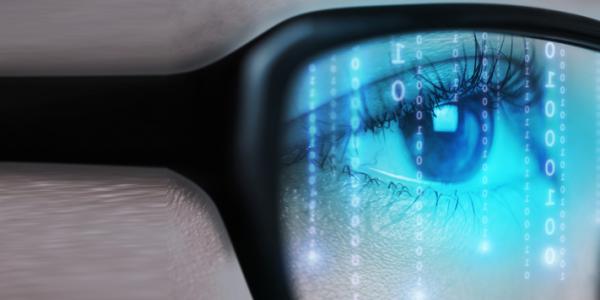


請點擊此轉換成中文
Your eyes are exposed to a variety of visible — and sometimes invisible — light rays every day. Between walking outside in the sun, flipping on a light switch in your room, scrolling through your phone or turning on a computer, you are constantly exposed to light rays that can affect your body in different ways.
Sunlight, or “white light,” is made up of a spectrum of colored rays, including many different shades of red, orange, yellow, green and blue light. While the sun is our biggest source of blue light, there are many other man-made devices that produce it — such as our smartphones, computers and television screens. While the amount of blue light these electronic devices produce is only a fraction of the amount emitted by the sun, Americans continue to spend longer amounts of time being exposed to them — and at closer ranges.
Eye doctors and other healthcare professionals are becoming increasingly concerned about the potential long-term effects of blue light on our health. Studies have found that blue light can cause eye strain and even macular degeneration, which can lead to vision loss. Fortunately, there are plenty of blue light blocking devices on the market — both free and for purchase — that can help protect your eye health. Just consider them the sunscreen of the modern age.
Blue light blocking glasses have spectrum-control technology that can help absorb up to 99 percent of the blue light that you are exposed to. These orange-colored glasses come in a variety of price ranges, starting as low as ten dollars. Blue light blocking glasses can help reduce eye strain and may even reduce your risk of cataracts and macular degeneration.
Screen filters are now available for most any model of laptop, tablet or smartphone. These filters can easily and safely attach to your electronic device without damaging the screen or interfering with its touch sensitivity. Blue light filters can be a nice alternative to light blocking glasses, especially for young children who may not remember to put on glasses when using an electronic device.
Many electronic devices now offer different “comfort view” settings, which can limit the amount of blue light that the device emits. These settings are sometimes described as “night mode,” since exposure to blue light can trick your brain into thinking it’s day time, making it hard to sleep. However, these settings can be used at any time of day — especially if you spend a large amount of your time behind a screen for work or school.
Be sure to think about how you and your family use electronic devices — and how it may affect your eye health. You may consider blue light blocking technology as a way to better protect your vision. Talk to your doctor if you are concerned about your vision or overall eye health.
This article first appeared in the October 2019 edition of the HealthPerks newsletter.

Identify your risk factors and what to do if you are at risk.